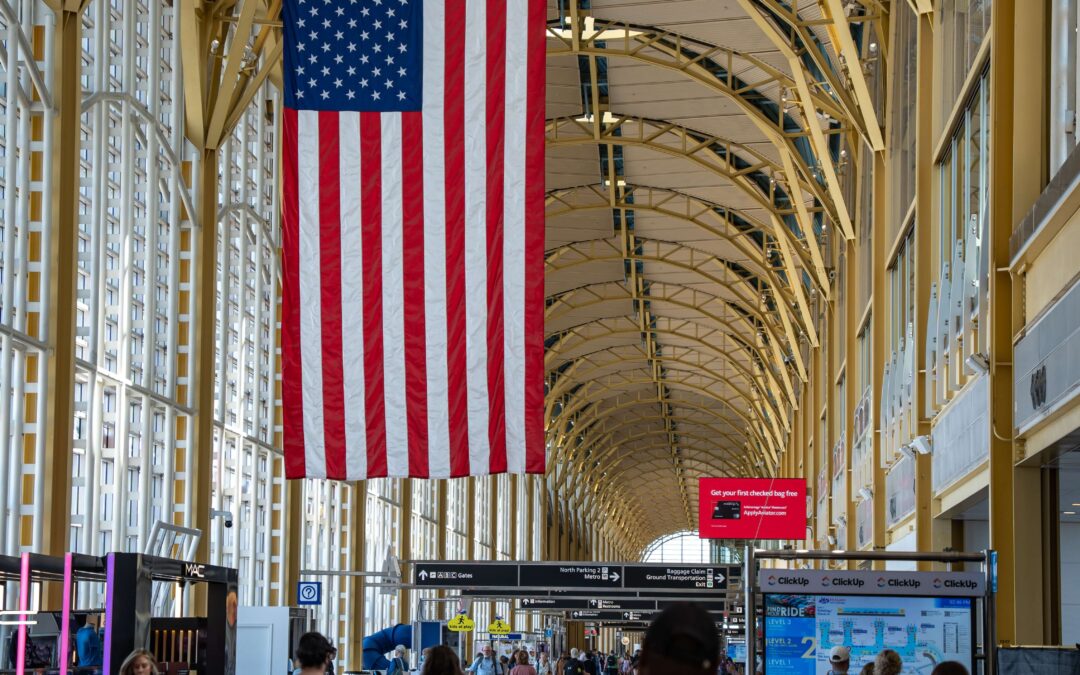U-Visa Approval to Permanent Residency
The U-Visa is a valuable immigration benefit that offers protection and legal status to victims of certain crimes who cooperate with law enforcement. Once a U-Visa Approval to Permanent Residency, recipients can breathe a sigh of relief, but their journey does not end there. This article will explore what happens after U-Visa approval and outline the path toward obtaining permanent residency in the United States.
1. U-Visa Status and Benefits to Permanent Residency
After U-Visa approval, recipients are granted U nonimmigrant status, which allows them to legally reside in the United States for up to four years. During this period, they can work, study, and access certain public benefits available to U-Visa holders.
2. The Importance of Continuous Presence of U-Visa Approval to Permanent Residency
To be eligible for permanent residency (green card) through the U-Visa, recipients must maintain continuous presence in the United States for a minimum of three years while under U nonimmigrant status. Leaving the country for an extended period or engaging in criminal activities could jeopardize their eligibility for permanent residency.
3. Filing Form I-485, Application to Register Permanent Residence
To begin the process of obtaining permanent residency, U-Visa holders must file Form I-485, Application to Register Permanent Residence or Adjust Status. This form, along with required supporting documents and fees, should be submitted to the United States Citizenship and Immigration Services (USCIS).
3.1. Derivative U-Visa Holders
If the U-Visa recipient has eligible family members (spouse, children, or, in some cases, parents) who were granted derivative U-Visas, they may also be included in the Form I-485 application for permanent residency.
4. Waiting for USCIS Processing
After submitting Form I-485, applicants must wait for USCIS to process their cases. The processing time can vary, but during this period, U-Visa holders can continue living and working in the United States under U non-immigrant status.
5. Biometrics Appointment and Interview
USCIS typically schedules a biometrics appointment for applicants to provide fingerprints, photographs, and signature. Additionally, an interview may be scheduled to review the application and verify the information provided.
6. Receiving the Green Card
If USCIS approves the Form I-485 application, the U-Visa holder and any eligible derivative U-Visa holders will be granted lawful permanent residency, commonly known as a green card. This status allows recipients to live and work indefinitely in the United States and offers a pathway to citizenship through naturalization.
Conclusion
The U-Visa provides victims of crimes with essential protection and legal status, but it is only the beginning of their journey toward a more secure future in the United States. After U-Visa approval, recipients have the opportunity to pursue permanent residency, ultimately leading to the possibility of becoming U.S. citizens. The path may involve navigating various forms, interviews, and waiting periods, but it offers the chance to build a stable and successful life in a country that values their courage and contributions.


